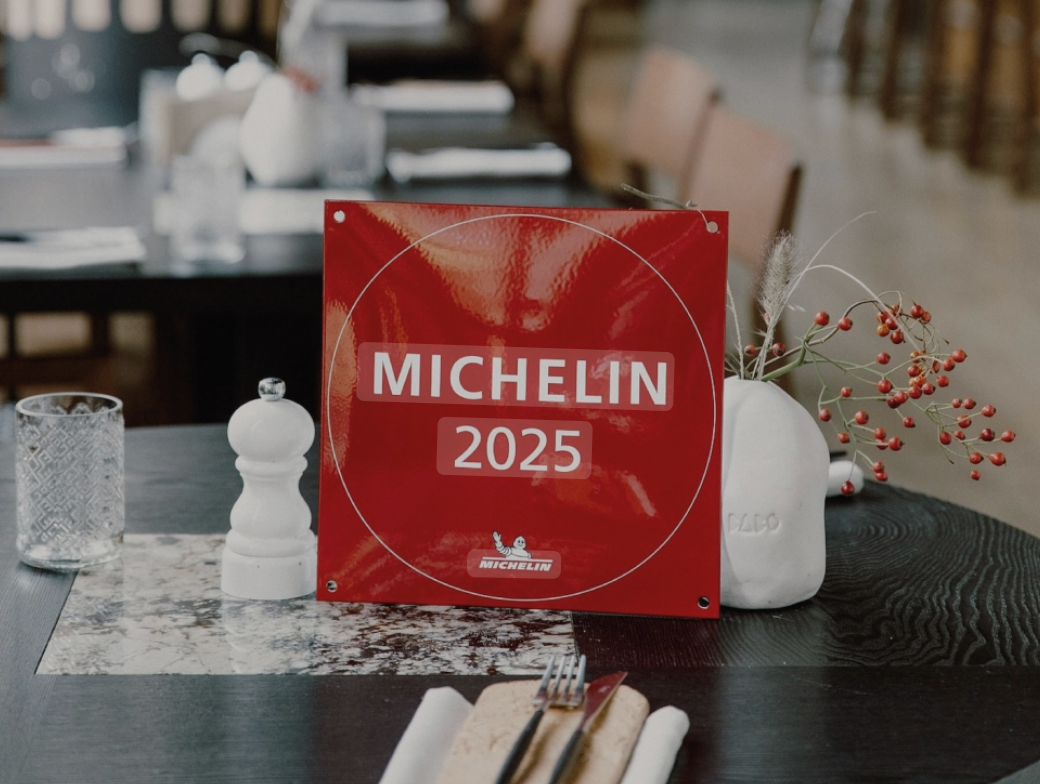Avoid These 5 Entryway Design Mistakes
Charleston Homes That Make a Great First Impression
Your entryway is more than just a transition from the outside world—it’s the first impression guests, buyers, or visitors get of your home. In Charleston, where historic charm meets Southern hospitality, a well-designed entry speaks volumes. From preserving original hardwood floors to thoughtful lighting that flatters every season, getting your foyer right can help your home feel inviting, valuable, and stylish.
Here are five common entryway design mistakes I see in Charleston homes — and actionable fixes that not only elevate your décor but can help in staging, curb appeal, and even sale price.
1. Overusing Recessed Lighting — Especially in Older Charleston Homes
The problem: Pure overhead recessed lighting tends to create a flat, utilitarian look. It often fails to highlight architectural details (e.g. crown moldings, original ceilings) or bring warmth. In many Charleston homes, the entryways are tall, with interesting trim or transoms—lighting should play those up, not wash everything in bland light.
The fix:
- Introduce a semi-flush or flush-mount light fixture that complements historic or Lowcountry styles (wrought iron, lanterns, glass).
- Use layered lighting: add a sconce or two, consider accent lighting for artwork or the entry table.
- Think about materials and finishes that echo your home’s style—maybe brass or aged bronze if there’s historic hardware, or matte black in a more modern renovation.
2. Skipping a Rug or Using One That’s Too Small
The problem: Bare floors can make the space feel unfinished, cold, or neglected. A too-small rug looks like an afterthought. Charleston’s coastal climate also means dirt and moisture get tracked in; bad rugs can get ruined fast, and small or poorly placed rugs show wear.
The fix:
- Choose durable, low-pile or washable rugs that handle traffic and humidity.
- Make sure the rug is appropriately sized: not so small that it seems “floating,” and not so large that it overwhelms the entry. Leave a bit of floor visible around the edges.
- Pick colors and patterns that hide dirt but also harmonize with tile, hardwood, or carefully preserved periodic flooring common in Charleston homes.
3. Letting Clutter Take Over
The problem: Entryways often become dumping grounds—for bags, shoes, umbrellas, mail. In high-traffic Charleston neighborhoods (think downtown, islands, suburbs), this happens fast. Clutter not only looks messy; it detracts from your home’s perceived value and makes spaces feel cramped, especially in smaller homes or historic townhouses.
The fix:
- Incorporate closed storage (cabinets, built-ins) rather than just hooks or open shelving.
- Use furniture with dual purpose: a bench with storage underneath, umbrella stands that double as décor.
- Limit the number of hooks; enforce a “one-or-two items per hook” rule to avoid overstuffing.
- Consider seasonal swaps: for example, in summer leave raincoats or boots near the door, and otherwise store them out of sight.
4. Leaving Walls Bare or Under-Decorated
The problem: Plain walls erase character. They fail to signal “you’ve arrived” and can make your entry feel disjointed from the rest of the interior style. For many Charleston homes with tall ceilings and architectural details, blank walls are a missed opportunity.
The fix:
- Add large artwork, or group smaller pieces in a cohesive gallery wall. Choose frames and themes that reflect local culture—perhaps artwork featuring Lowcountry landscapes or old Charleston architecture.
- Use tall decorative elements (mirrors, floor vases, statement mirrors) to draw the eye upward, emphasizing height and elegance.
- If the entry is narrow, use mirrors to reflect light and visually expand the space.
5. Forgetting the Small Touches — Seats, Hooks, and Social Cues
The problem: Big pieces (lighting, rugs, furniture) matter, but guests also notice the small things: where to sit, where to hang a coat, where to drop keys. Without these, an entry feels less welcoming. In Charleston’s mix of formal porches and casual front yards, these cues can make or break first impressions.
The fix:
- Add a small bench or chair so people can take off shoes. If space is limited, use a slim, stylish seat or cylinder pouf.
- Install hooks or a coat rack—but don’t overdo it. Hooks should be both functional and decorative.
- Provide a tray or small dish or shelf for keys, mail. Even a decorative basket can help.
- Think about durability: hooks and seats should be built or chosen to withstand humid summers and salty air if you’re near the coast.
Why Getting the Entryway Right Matters in Charleston
- Curb appeal meets details: Charleston buyers expect character, craftsmanship, and charming entryways. First impressions don’t just happen out front—they begin the moment someone steps inside.
- Value addition for both old and new builds: Whether working with historic districts or modern constructions, thoughtful entryway design speaks to the quality of the home.
- Better staging, quicker sales: Homes that present well—styled entry, clean lines, welcoming cues—tend to attract more showings and higher offers in our market.
If your entry isn’t offering that “welcome home” moment, even small fixes can make big differences. From lighting and rugs to the subtle cues like a spot for shoes or coat hooks that aren’t overloaded, attention to detail turns an entryway into a statement. If you’re in Charleston and thinking about refreshing your home’s entry (or preparing to sell), happy to walk you through options that enhance both style and market appeal.






